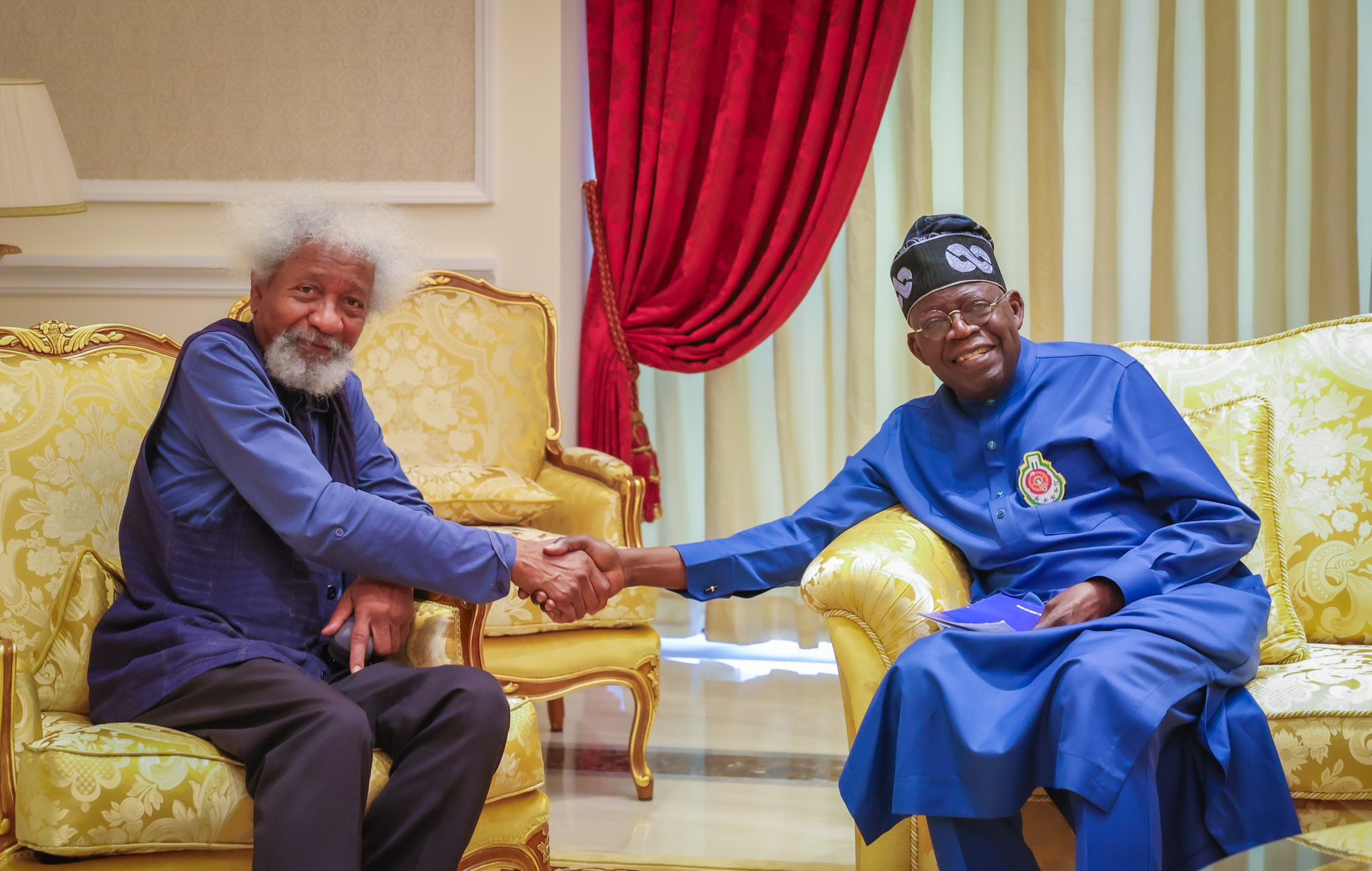
A communication expert, Ezekiel Olaniyan, has explained how organisation can navigate crisis communication through efficient and effective strategies.
Olaniyan noted that past events including protests, global pandemic have forced organisations to re-assess their crisis communication strategies in real-time.
In his article titled: “Navigating Crisis Communication: Lessons from COVID-19, #EndSARS, and 2024 protests”, he noted that relationships built before a crisis hits —whether with employees, customers, or stakeholders — are the ones that will see the organisation through the storm.
He said: “As a strategic communications professional, I have witnessed first-hand how organizations can be blindsided by crises and the ripple effects they leave behind. The events of the COVID-19 pandemic, the #EndSARS protests of 2020, and the nationwide protests of August 2024 serve as prime examples of how unexpected crises can deeply shake institutions.
“Unfortunately, many organisations in Nigeria, and globally, failed to navigate these crises effectively, resulting in long-lasting consequences.
“The COVID-19 pandemic hit organizations like a freight train, derailing plans, disrupting operations, and in many cases, leading to their closure. The pandemic revealed a glaring gap in how many organizations plan for crises.
“In October 2020, Nigeria experienced another watershed moment: the #EndSARS protest. What started as a social movement against police brutality quickly morphed into a broader outcry against poor governance and economic hardship.
“The protests ground Nigeria to a halt, affecting businesses across the country. Corporate organisations and SMEs alike faced the challenge of keeping their employees safe and managing disrupted operations. For many, the protest impacted not only the physical movement of goods and services but also employee well-being and public perception.
“Fast-forward to August 2024. The nationwide peaceful #EndBadGovernance protests once again placed Nigerian organisations under pressure, halting vehicular movements. Even international institutions such as the U.S. Consulate in Lagos and the U.S. Embassy in Abuja were not spared. Streets were blocked, and companies were forced to reassess their crisis communication strategies in real-time.
“If the pandemic taught us anything, it is that crises—whether global health scares or national protests—can arise at any time. Organizations need to be ready, and this requires a robust crisis communication plan that is proactive, adaptable, and realistic.
“While external crises like protests and pandemics dominate headlines, internal crises are equally damaging. Cybersecurity threats, hacking, financial mismanagement, workplace violence, or even false rumors can destabilize an organization from the inside. These internal challenges require the same level of strategic communication and foresight. The emergence of cyberattacks and financial scandals in Nigeria highlights the urgent need for organizations to focus on internal crisis management as much as external threats.
“Effective crisis communication isn’t just about responding when things go wrong; it’s about being ready long before the crisis hits. A comprehensive crisis communication plan outlines who communicates, how they communicate, and what they communicate.
“It’s not enough to have a plan stored in a drawer—companies must practice, revise, and update their communication plans regularly. There are a few key strategies every organization must implement:
“1. The Crisis Timeline: When a crisis hits, time is of the essence. Traditionally, experts adhered to the “within the first hour” rule for responses, but in today’s media-saturated world, even one hour can feel like an eternity. Organizations should aim to communicate within 15 minutes of an incident.
“Even if you don’t have all the details, a simple “We are aware of the situation and are investigating” can build trust with your audience. More detailed updates should follow within the hour, and by the 90-minute mark, a formal statement or press conference should be underway. The faster, the better—but never at the cost of accuracy.
“2. Honesty and Transparency: In times of crisis, honesty and transparency are non-negotiable. Audiences can sense when an organization is holding back or being disingenuous, and this erodes trust faster than the crisis itself. Even if your organization does not have all the answers yet, it is far better to say so than to provide false reassurance or incomplete information.
“3. Consistency Across Channels: Whether it is a social media post, a press release, or a live interview, your message must remain consistent. Audiences need clarity, not mixed messages, and consistency helps build that trust. Pre-prepared holding statements can be useful here, but they must be adaptable to the situation at hand.
“4. Designated Spokespersons: Not everyone in an organization is equipped to handle media inquiries during a crisis. Designating one or two spokespersons who are trained in crisis communication ensures that the message stays controlled, accurate, and on-brand. These spokespersons should be able to deliver information calmly and confidently, whether in person or through media channels.
“5. Monitoring and Feedback: Crises are not static; they evolve, and so should your response. Monitoring how the crisis is being discussed—on social media, in the press, or within your customer base—allows you to adjust your messaging as needed. Often, critical information comes from the public, and providing a platform for feedback can help shape a more effective response.
Olaniyan also noted that it is pertinent to building trust before and after a crisis. According to him, “crisis communication is about trust. The relationships you build before a crisis hits—whether with employees, customers, or stakeholders—are the ones that will see you through the storm. When a crisis strikes, it’s too late to start building those bridges. Organizations need to show care, empathy, and transparency long before they ever need to rely on those traits to navigate a crisis.
“The lesson from COVID-19, #EndSARS, and the 2024 #EndBadGovernance protests is clear: crises will come, and how an organization responds can make or break it. Organisations that are proactive, transparent, and human in their communication efforts will not only survive the storm but may even come out stronger on the other side.”






